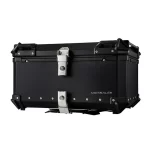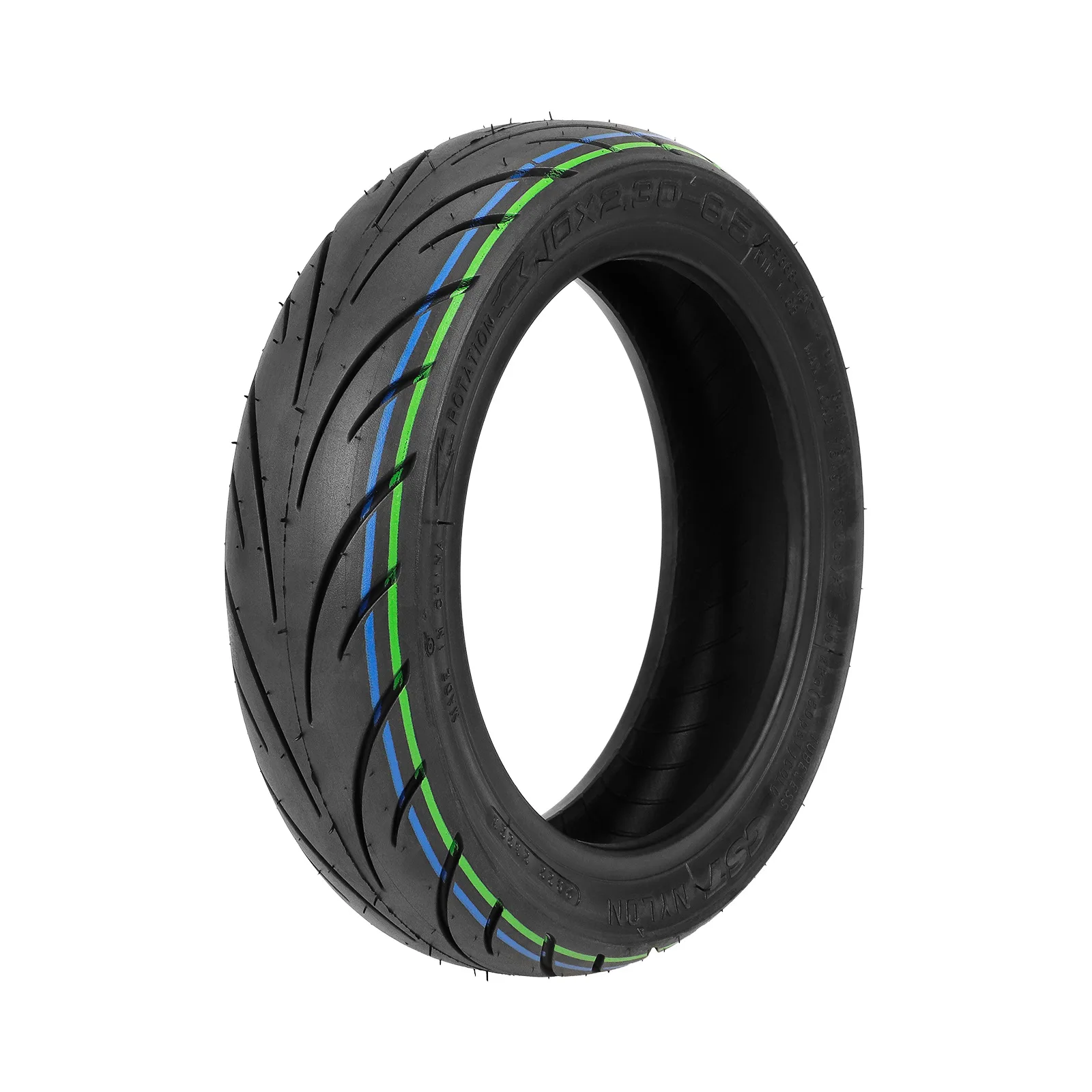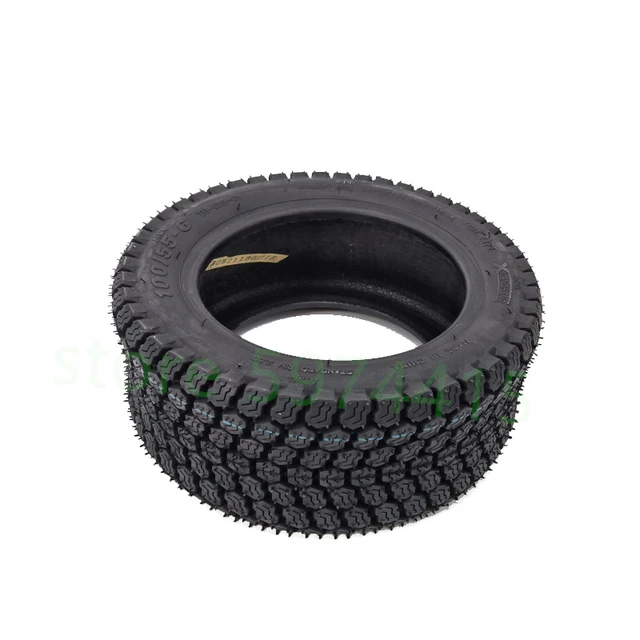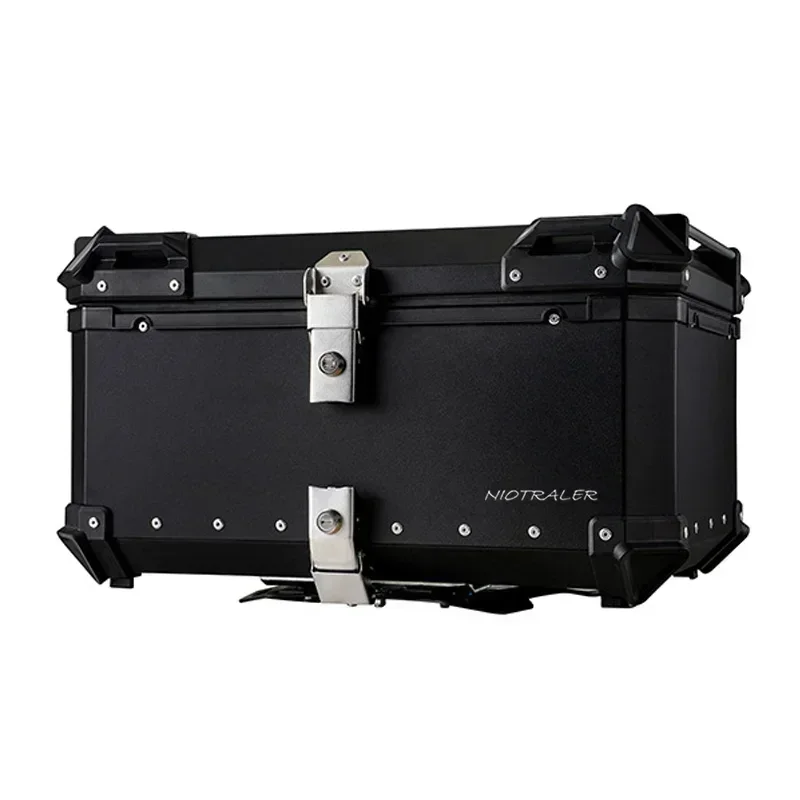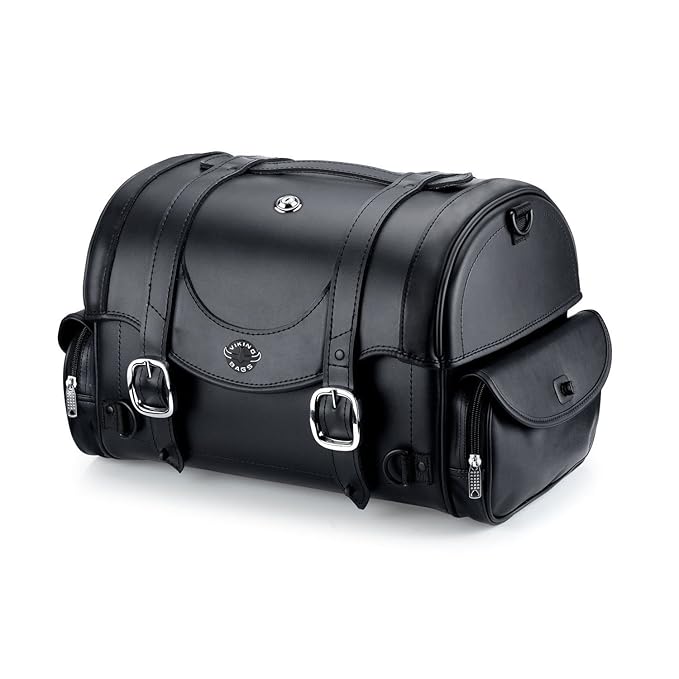Experiencing a flat tire on your motorcycle can be both frustrating and dangerous. Many riders wonder, “Can you patch a motorcycle tire?” Understanding the pros and cons, techniques, and safety considerations can demystify this question. In this comprehensive guide, we will examine whether patching a motorcycle tire is a reliable solution, provide step-by-step instructions for patching, and discuss situations where replacement might be the better option.
Understanding Tire Patching
Knowing what tire patching entails helps in making an informed decision about whether to patch or replace a motorcycle tire.
What is Tire Patching?
Tire patching involves repairing a punctured tire by sealing the hole, either from the outside or inside, to prevent air leakage. This process typically uses a patch or a plug to cover the puncture and restore the tire’s ability to hold air.
When is Patching Appropriate?
Patching is generally suitable for small punctures in the tread area of the tire, usually caused by nails or sharp objects. It’s important to avoid patching if the puncture is on the tire’s sidewall or shoulder, as these areas are more prone to structural failure.
Pros and Cons of Patching
Patching can be a cost-effective and quick solution. However, it may not always be the safest option for high-speed or long-distance riding. Understanding the benefits and limitations of patching ensures you make an informed decision when faced with a puncture.
Assessing the Damage
Before deciding to patch a motorcycle tire, thoroughly assess the damage to ensure it is suitable for repair.
Locating the Puncture
Begin by visually inspecting the tire for visible signs of puncture or embedded objects. Sometimes, the puncture may not be immediately visible. In such cases, spraying soapy water on the tire and looking for bubbles can help identify the puncture location.
Evaluating the Puncture
Determine the size and location of the puncture. Small punctures on the tread area are usually patchable, but larger holes or sidewall damages typically require tire replacement. Accurate assessment ensures that you choose the right course of action for repair.
Checking for Multiple Punctures
If you find multiple punctures or substantial damage, consider replacing the tire instead of patching it. Multiple patches can compromise the tire’s integrity and overall performance. Ensuring the tire’s integrity is crucial for safe riding.
Gathering Necessary Tools and Materials
Having the appropriate tools and materials is essential for a successful tire patch.
Required Tools
You’ll need tools such as tire irons, a tire valve core remover, pliers, and a patch kit (which includes patches, rubber cement, and a rasp tool). Having these tools readily available ensures a smooth and effective repair process.
Safety Gear
Wear safety gear, including gloves and protective glasses, to safeguard yourself from potential injuries while handling the tire and tools. Safety gear provides necessary protection for efficient and injury-free repairs.
Removing the Tire
Removing the tire from your motorcycle makes the patching process easier and more effective.
Loosening the Lug Nuts
If your motorcycle has a center stand, use it to elevate the wheel off the ground. Loosen the lug nuts or bolts securing the wheel to the motorcycle. Properly loosening these fasteners ensures safe and efficient tire removal.
Removing the Wheel
Carefully remove the wheel from the motorcycle, paying attention to any components you might need to disconnect, such as brakes or axles. Handling the wheel properly prevents damage to both the wheel and motorcycle components.
Deflating the Tire
Use a tire valve core remover to release all the air from the tire. Ensure the tire is fully deflated before proceeding. Full deflation makes handling and repairing the tire easier and safer.
Patching the Tire
Follow these steps to patch your motorcycle tire effectively.
Cleaning the Area
Begin by cleaning the punctured area using a rasp tool from the patch kit to roughen up the surface. This helps the patch adhere better to the rubber. Proper surface preparation ensures the patch stays in place.
Applying Rubber Cement
Spread the rubber cement around the puncture site, covering an area slightly larger than the patch. Allow the cement to become tacky before applying the patch. Proper application of rubber cement ensures strong adhesion of the patch.
Placing the Patch
Press the patch firmly onto the punctured area, ensuring no air bubbles are trapped beneath it. Hold it in place for a few minutes to ensure proper adhesion. Firm placement of the patch is crucial for a durable repair.
Sealing the Patch
After applying the patch, use the tool provided in the kit to press and seal the edges of the patch. This step ensures a secure and airtight seal. Proper sealing prevents air leakage and enhances the patch’s effectiveness.
Reassembling the Tire
Once the patch is applied and sealed, reassemble the tire, and reinflate it to the recommended pressure. Check for any air leaks to ensure the patch is holding. Ensuring the tire is properly reassembled and inflated guarantees a successful repair.
Reinstalling the Tire
Proper reinstallation of the tire ensures the motorcycle’s safe operation.
Replacing the Wheel
Align the wheel with the motorcycle’s mounting points and secure it with the lug nuts or bolts. Ensuring the wheel is properly aligned and fastened prevents operational issues.
Reconnecting Components
Reconnect any components you previously disconnected, such as brakes or axles. Securing these components correctly ensures the motorcycle operates safely and efficiently.
Final Inspection
Perform a final inspection to ensure the wheel and tire are securely installed and properly inflated. Conducting a thorough inspection ensures safe riding conditions before getting back on the road.
Testing the Repair
Testing the patch job ensures it’s safe to ride.
Short Ride Test
Take a short ride to test the tire’s integrity and the patch’s effectiveness. Pay attention to any unusual vibrations or air loss. Initial testing helps identify any issues before committing to longer rides.
Rechecking Tire Pressure
After the test ride, recheck the tire pressure to ensure it remains consistent. Proper tire pressure is crucial for safe and efficient riding. Ensuring consistent tire pressure confirms the success of the patching process.
When to Replace the Tire Instead
Sometimes, patching may not be the best option, and replacing the tire is necessary.
Severe Damage
If the tire has severe damage, such as sidewall punctures or large holes, it’s better to replace the tire entirely. Severe damage compromises the tire’s structural integrity, making patching less effective.
Age and Wear
If the tire shows signs of significant wear or aging, it’s advisable to replace it rather than just patch it. Worn-out tires offer reduced safety and should be replaced promptly.
Repeated Punctures
A tire that has been patched multiple times can become unreliable. In such cases, replacing the tire is a safer and more reliable option. Avoiding repeated patching ensures riding safety and reliability.
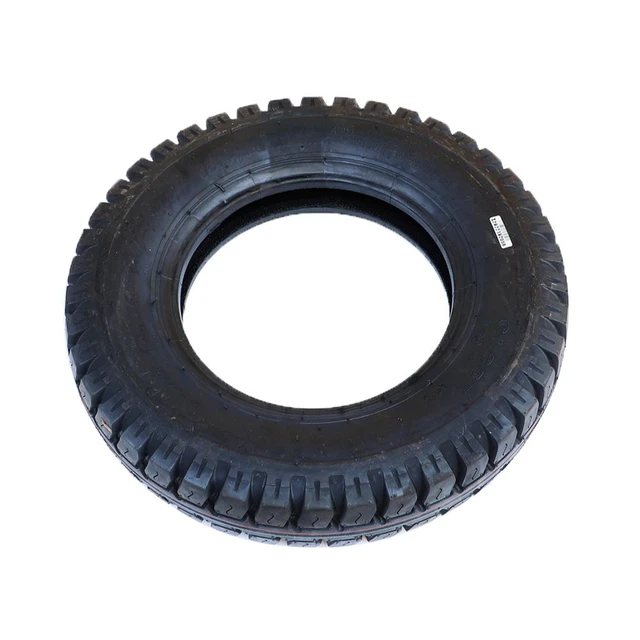 Professional Help
Professional Help
Although patching a tire can be a DIY task, there are times when professional help is advisable.
Complex Repairs
For complex punctures or if you’re unsure about your ability to patch the tire correctly, seek professional assistance. Professionals have the expertise and tools to handle more challenging repairs effectively.
Proper Equipment
Professionals have access to specialized equipment that ensures the patch is applied correctly and securely. Utilizing professional services guarantees thorough and reliable repairs.
Preventive Measures
Taking preventive measures helps avoid the need for frequent tire patching or replacements.
Regular Inspections
Regularly inspect your tires for any signs of wear, damage, or embedded objects. Early detection helps prevent punctures and prolongs tire life.
Maintaining Proper Tire Pressure
Always maintain the recommended tire pressure to ensure optimal performance and reduce the risk of punctures. Proper tire pressure is crucial for safe and efficient riding.
Choosing Quality Tires
Invest in high-quality tires designed for durability and performance. Quality tires are more resistant to punctures and offer better overall performance. Investing in quality tires enhances riding safety and longevity.
Conclusion
Can you patch a motorcycle tire? Yes, you can, but it’s crucial to know when and how to do it properly. By understanding the process, assessing damage accurately, and following the correct steps, you can effectively patch a motorcycle tire and get back on the road safely. However, it’s equally important to recognize situations where replacement is the better option. Whether you choose to patch or replace, the key is to ensure your motorcycle tire is safe and reliable for all your riding adventures.

